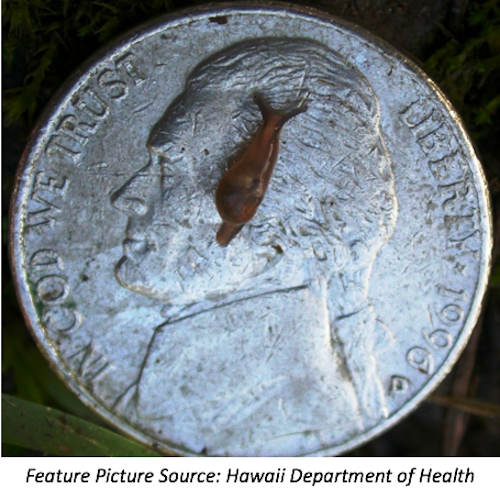
Zoonotic & Vector-Borne Diseases
Latest News
Latest Videos

CME Content
More News
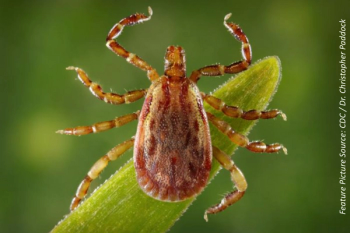
A recent molecular study has confirmed the causative agent involved in a large epidemic of Rocky Mountain spotted fever in humans and dogs in Mexicali, in Baja California, Mexico.

A new report from researchers at the Centers for Disease Control and Prevention details the investigational use of a drug to treat Chagas disease now available commercially in the United States.

The CDC now recommends that men who have been exposed to Zika use condoms or abstain from sex for 3 months to prevent sexual transmission of Zika.
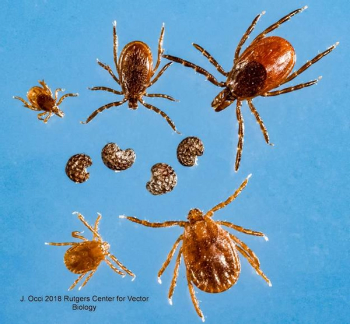
A species of tick that is native to Australia, New Zealand, and eastern Asia, has been springing up in several US states this summer.

The FDA approves tafenoquine tablets for the prevention of malaria in patients aged 18 and older.

Researchers in Slovenia investigate why some Lyme disease patients respond more quickly to treatment than others.

Investigators from Yale School of Medicine, in collaboration with Novartis Vaccines, Inc, have developed a novel vaccine that successfully protects against malaria infection in a mouse model.

Tafenoquine is the first single-dose medicine for the prevention of P vivax malaria relapse.

Stay up-to-date on the latest infectious disease news by checking out our top 5 articles of the week.

The World Health Organization has listed Uganda on its Zika travel advisory list, but now the country’s health minister is requesting removal from the list, citing no cases or outbreaks.

Treatment with azithromycin plus ivermectin versus ivermectin alone provides equal protection against scabies and impetigo in at-risk communities.

In October 2016, 6 harvesters at a German vineyard fell ill after consuming pressed grapes contaminated with Francisella tularensis from infected mice.
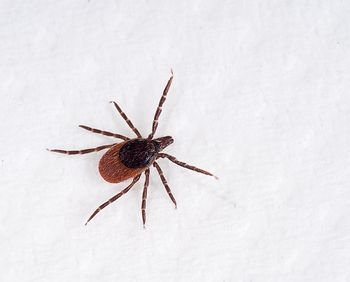
Researchers from Northern Arizona University report that citizen participation in nationwide research can offer insight into the prevalence of vector-borne disease threats.

Samuel Shor, MD, FACP, explores the controversial concept of chronic Lyme disease and the role of antibiotic stewardship in treatment programs.

In case you missed them, we’ve compiled the top 5 infectious disease articles from this past week.
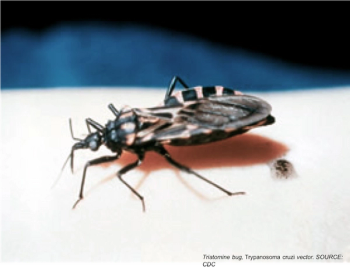
A new CDC report finds most states don’t track Chagas disease, but the agency says states should consider doing so if they have a large population of immigrants from countries where the disease is endemic.
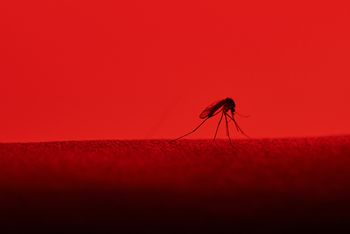
Researchers studying how pregnant women in the United States responded to the Zika virus outbreak of 2015-2016 emphasize the need to manage stress and fear during disease outbreaks.

Samuel, Shor, MD, FACP, discusses the potential link between chronic fatigue syndrome and Lyme disease.

Stay up-to-date on the latest infectious disease news by reading the top 5 articles of the week.

A recent study finds that shortening the rabies pre-exposure prophylaxis regimen is both effective and safe.

Current research trends indicate a need for updated guidelines and new technology to differentiate between Zika and other mosquito-borne infections.
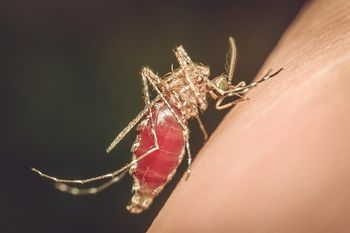
State health departments around the United States are reporting their first human and mosquito cases of West Nile virus for the 2018 season, prompting reminders to practice mosquito bite prevention.

The emergence of new species creates pressure for developing affordable and reliable diagnostic strategies.

In case you missed them, we've compiled the top 5 articles from this past week.

A new analysis finds samples of capillary blood are more likely than venous blood samples to indicate the presence of malaria.




